In our latest auSSII report we’ve added stats to answer the question everyone has been asking – what proportion of Australian solar buyers are interested in microinverters?
OK, so not *everyone* is asking that – but Finn thought it would be an interesting addition to the report. If this is the first time you’ve read the auSSII, basically it covers what Australians were looking for in a solar power system during the previous month.
Solar System Sizing
Last month, 79% of Australian using our service who had an idea of the system size they wanted were requesting details on a 6kW solar system or larger; up from 78% in January and 76% in December and November. Just 6% requested details on a 3kW or 4kW system and 15% for 5kW.
Purchase Timeframe For PV
19% were wanting to buy a system immediately – a drop on the 23% of eager beavers in January and even more so on December’s 32%. In February, just under 33% were considering a purchase within the next 28 days.
Quality vs. Cost Considerations
February saw just over 13% indicating a preference for a “top quality” (most expensive) solar package, around the same as January. 79% were wanting a system offering a balance between quality and cost, while close to 8% wanted details on a good quality budget system.
Solar Consumption Monitoring
The level of interest in advanced consumption monitoring in February was the same as January – around 65%. Find out why advanced solar monitoring is a very good idea.
Microinverter Interest
A microinverter is a small inverter around the size of a paperback book that attaches to the back of or next to a solar panel. One microinverter is used for each panel instead of the more common arrangement of a single large inverter (called a string inverter) used with multiple solar panels.
Some of the advantages of microinverters include redundancy, more flexibility in system design, panel level monitoring and helping to lessen the impact of panel shading. The use of microinverters is considered a form of Panel Level Optimisation (PLO). You can learn more about microinverters here.
Last month 18% of those using our service indicated an interest in using microinverters for their solar power installation.
Battery Ready Solar
Just 19% were wanting a battery-ready system; down quite a bit on January’s 24% (22% in December and November). While practically all solar power systems are considered battery-ready, we ask this question to assist prospective providers with system design.
Concurrent Solar + Storage Installation
This figure has changed little over the months – 6% in February indicated they wanted battery installation at the same time as their solar panels. That new solar buyers aren’t particularly interested in a concurrent storage installation isn’t surprising as the cost of solar batteries is still very high – and they just don’t provide the bang for buck solar-only does. You can see this for yourself by using our new solar and battery calculator.
Battery Size Preference
Where a battery system was desired and the capacity known, the split between 10kWh+ and 5-10kWh was fairly even again (43% and 41% respectively), and again 16% were interested in a 1-5kWh system.
Intended Battery Use
Not much change here either – in February 4% of battery-related requests noted backup as the primary application. Just under 44% were primarily interested in minimising grid electricity consumption (around the same as January too), and 52% for both applications.
Quarterly Electricity Costs
Where costs were known, 46% of Australians indicated their power bills were between $500 and $1,000 a quarter on average (43% in January) and more than 12% were paying more $1,000 a quarter – up from 10% in January.
auSSII Report Data Source
We source data for the auSSII from the thousands of Australians using our service each month to request solar quotes matched to their requirements from up to three pre-vetted quality providers we trust.
Solar Sales Leads – 11 Years On And Still Going Strong
SolarQuotes has been helping Australians eager to reap the benefits of harvesting the energy of the sun since 2009 – and it’s these quote requests we provide to companies that are part of the SQ installer network. Not every business that wants to start receiving our high quality sales leads makes the grade though. SolarQuotes is very fussy as to who gets a guernsey. Learn more about our solar sales lead service.
Reproducing auSSII Content
Information from auSSII reports can be reproduced, but we require attribution to SolarQuotes and the page from which the content was sourced to be included in any reproduction.

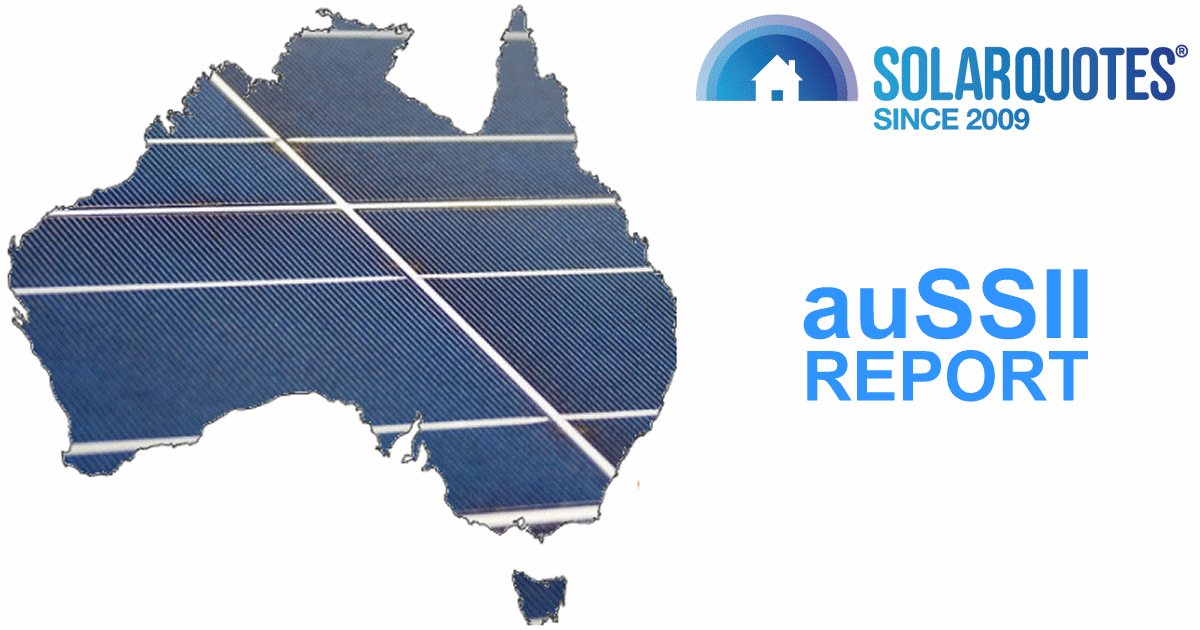
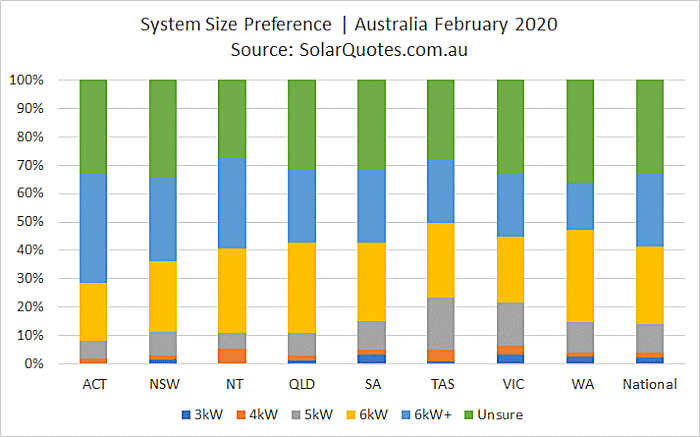
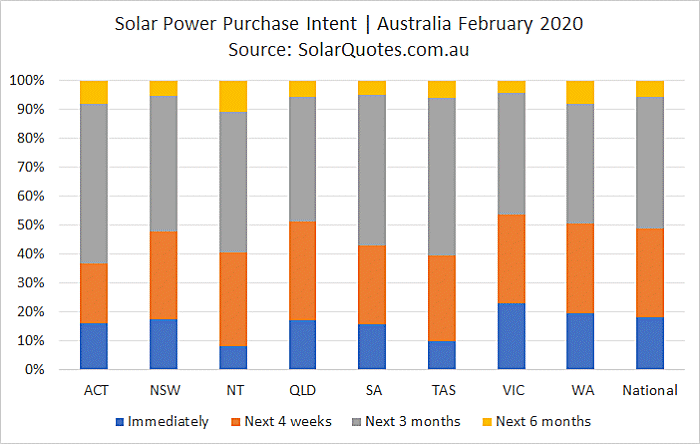
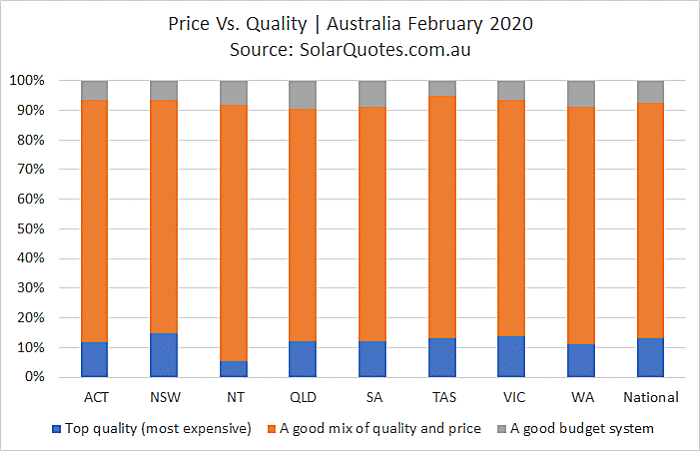
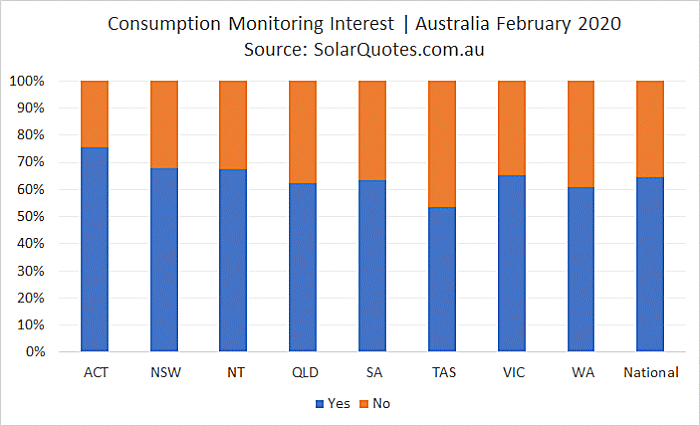
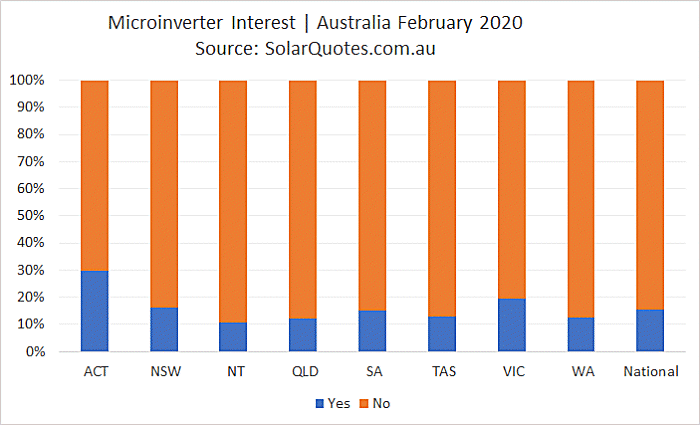
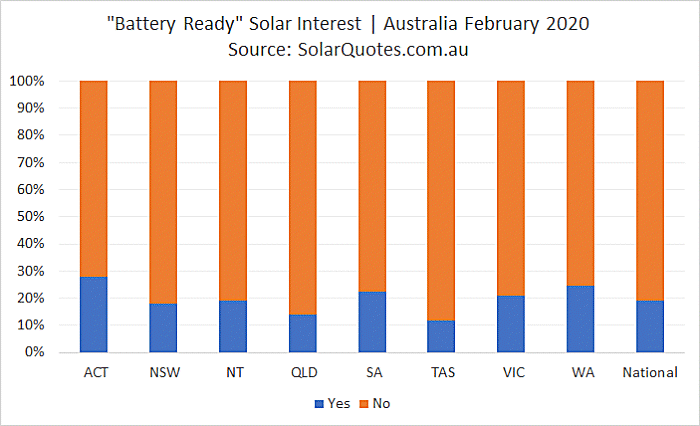
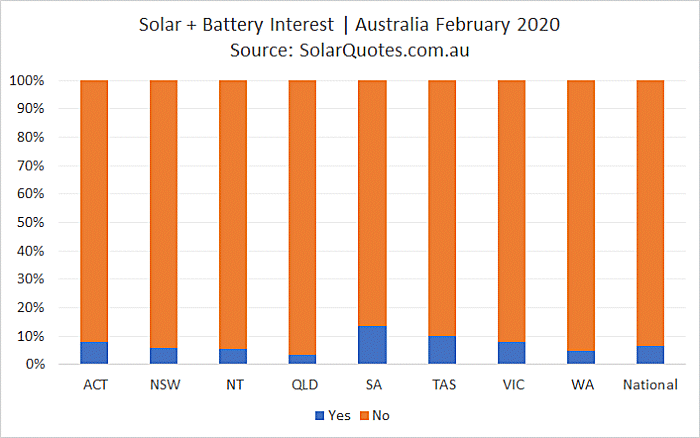
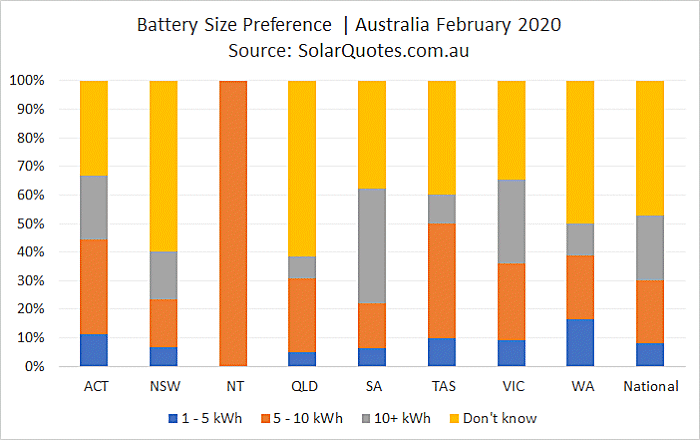
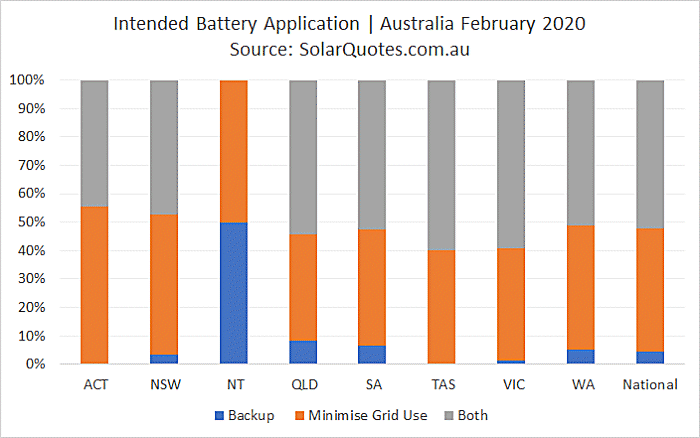
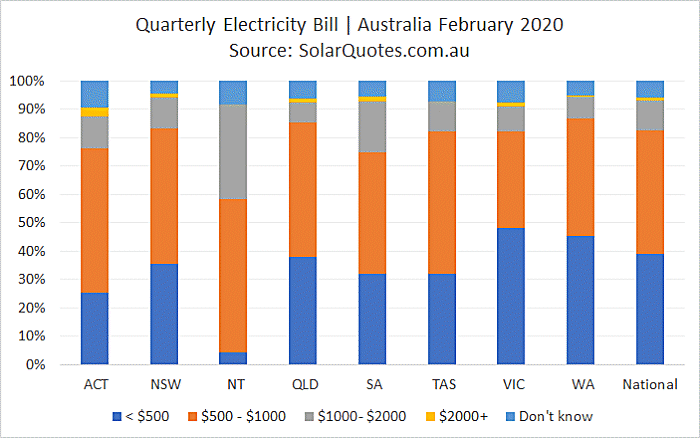
 RSS - Posts
RSS - Posts



Great article Michael, as per usual.
Re micro inverters, you missed one of the absolute key advantages – safety.
Probably around 100% of “catastrophic” PV faults (ie where something burns and the fire brigade is called or should’ve been!) are as a result of high DC string voltage. These risk conditions would simply not be allowed to exist in any other household or consumer hardware or appliance.
Micro inverters do not just mitigate the risks of high DC voltage – they remove them altogether. When considering safety of property and people, micro inverters simply can not be matched for safety.
Obligatory disclaimer – I am a long-term fan of micro inverters and sell them (among other safe solar technologies) for a living. That doesn’t change the facts above though, as any electrician or electrical engineer will confirm.
Keep up the great work.
Cheers,
Mark
The Enphase IQ8 looks like an amazing advance as a micro inverter.
When will it be available in Australia and why does it not get more publicity?
I am delaying my PV install until the IQ8 becomes available.
Hey Paul, I think Enphase are downplaying the IQ8 publicity in AU just because it’s still a way off – early 2021 is current estimate – the demand in US is huge so they need to satisfy that market first.